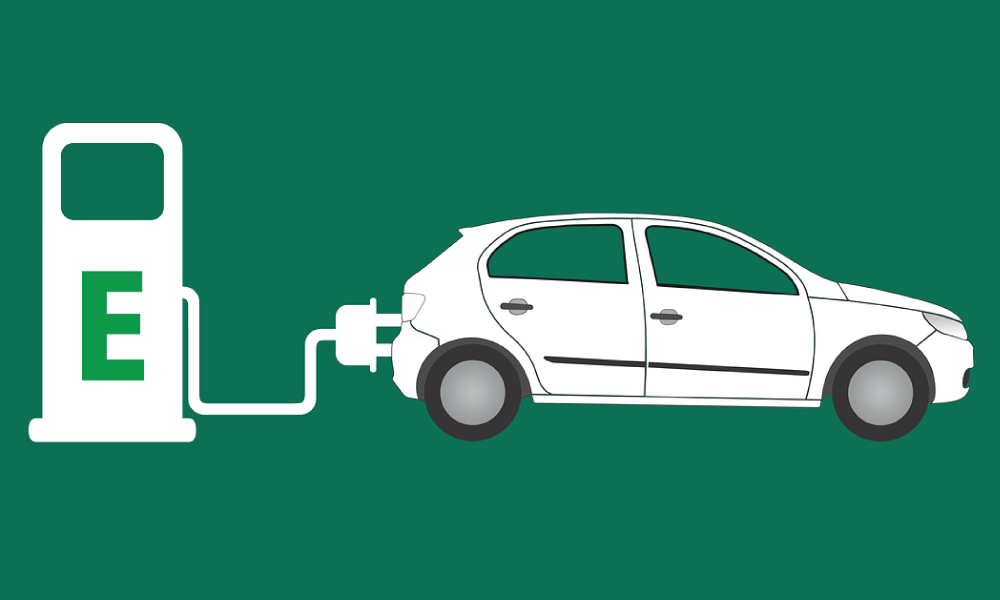
Breakeven analysis is an important analytical tool used in microeconomics. For example, the point(s) where a firm's revenues equal its costs is its breakeven point (in this case, the zero-profits level of output). Breakeven points can be applied to any of a number of decisions which entail benefits and costs. Consider the decision as to how long it takes to break even when buying a new hybrid car (in comparison to buying the same model, but non-hybrid). The hybrid version
costs more upfront, but gets better gas mileage (
benefit). What is the “breakeven point" of buying a hybrid model (i.e., the point at which the extra initial purchase costs are offset by the annual gas savings)?
A recent article in the Chicago Tribune evaluated the Toyota Highlander AWD — both the hybrid and non-hybrid versions. The hybrid cost $1,400 more than the non-hybrid, but gets 35 miles per hour (compared to 23 miles per hour for the non-hybrid). The average American drives 13,476 miles per year, meaning this individual would buy 585 gallons of gas with the non-hybrid and 385 gallons with the hybrid, saving 200 gallons of gas per year with the hybrid. For gas prices of $2.50/gallon to $3.00/gallon, the hybrid saves $500/year to $600/year. This marginal savings of $500/year to $600/year in gas purchases implies that it would take 2.3 years to 2.8 years to offset the extra $1,400 in the purchase cost of the hybrid.
This two- to-three-year breakeven horizon for the Highlander dwarfs the comparable horizon for the Toyota Camry LE (again, comparing the hybrid to the non-hybrid model). The hybrid Camry LE costs $3,400 more than the non-hybrid Camry LE, while it gets 52 miles per gallon compared to the non-hybrid at 35 miles per gallon. Here, the analysis implies a nine- to eleven-year breakeven horizon. And for the Toyota Corolla LE, the breakeven point is eight-to-10 years.
To summarize, the breakeven (BREAKEVEN) horizon falls:
- The greater is the difference in miles per gallon for the hybrid over the non-hybrid (difMPG),
- The
greater is the price of gasoline (PGas),
- The
greater is the number of miles driven per year (MILES),
- The
smaller is the difference in purchase prices (difMSRP) between the hybrid and the non-hybrid.
This relationship can be summarized:
